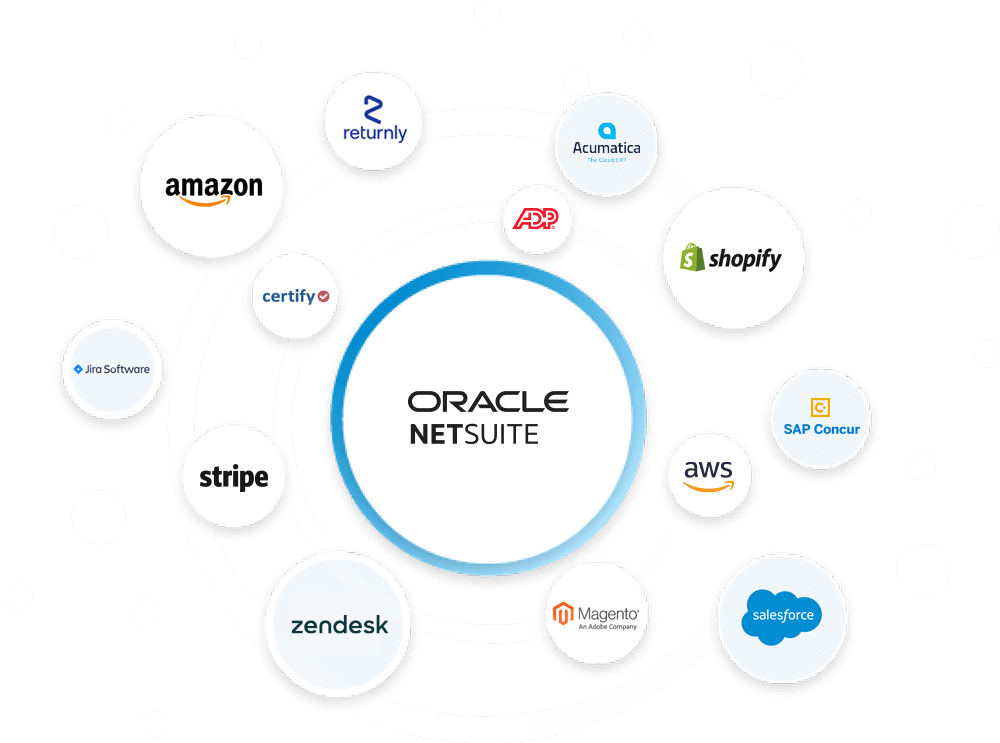4 tips to creating a successful ecommerce automation strategy:
I. Map out all of your eCommerce processes.
First, walk through your order to cash process and identify and list all of your business’s applications and business processes. From there, you can branch out into dependent and adjacent business processes.
II. Identify the critical data that must be 100% accurate and timely.
Examples of this important information include your SKUs, orders, and finances.
III. Identify manual, slow and resource-intensive processes.
Take note of processes that cost you and your team valuable time, money and resources. For example, if your accounting team spends countless hours at the end of each month trying to close the books, look at automating your payout-to-reconciliation business process.
IV. Leverage best-of-breed tools for your integrations and business systems.
overall competitiveness, with 37% saying it was the single most important factor. An iPaaS provides a single point for business process automation, reducing manual tasks and errors and sparing valuable IT resources. Figure out the current cost of all manual processes and resulting errors at your company. Then, compare that amount with the total cost of ownership for automation through an integration platform.
"Automation is necessary to be agile, especially in these volatile times with ongoing supply chain issues and shipping delays."
- Mark Simon, VP of Strategy, Celigo Tweet
Read the Full Article at Retail Today



